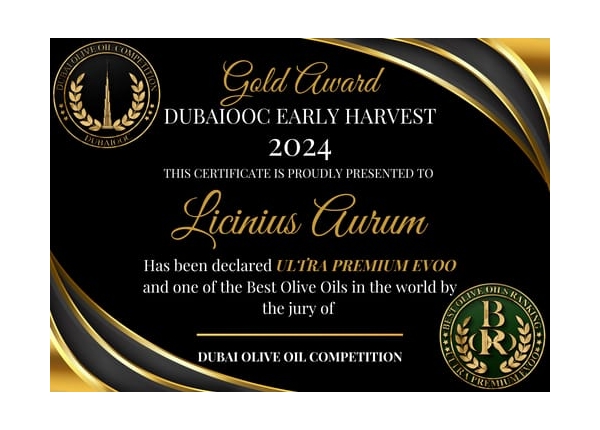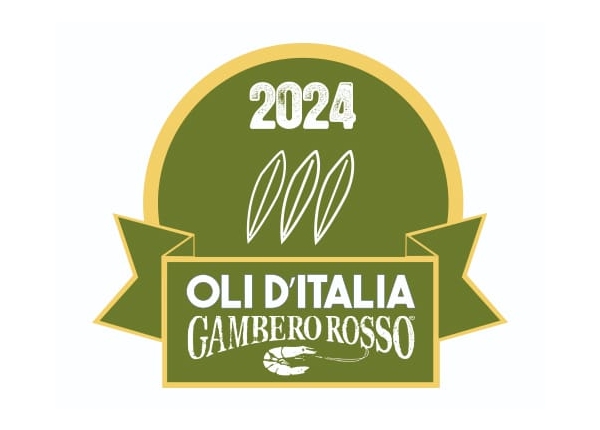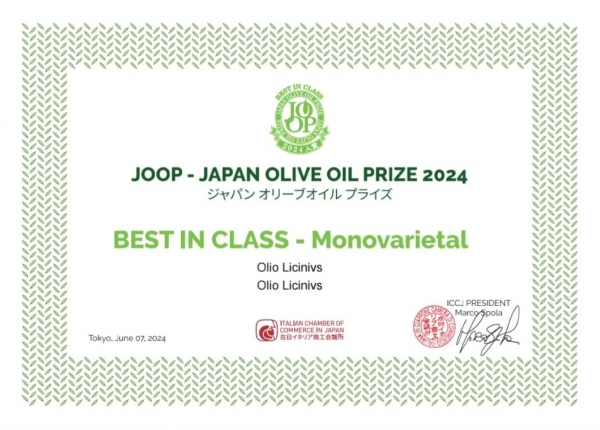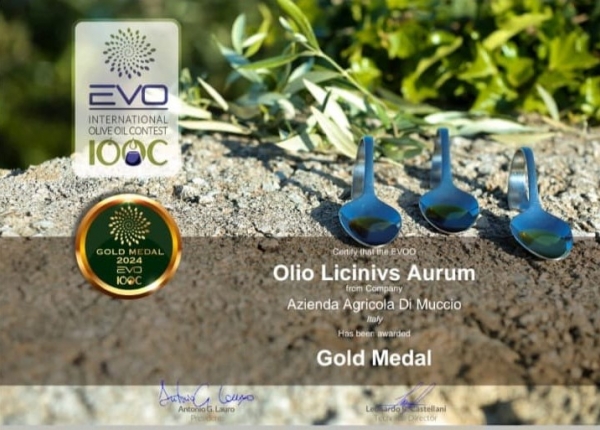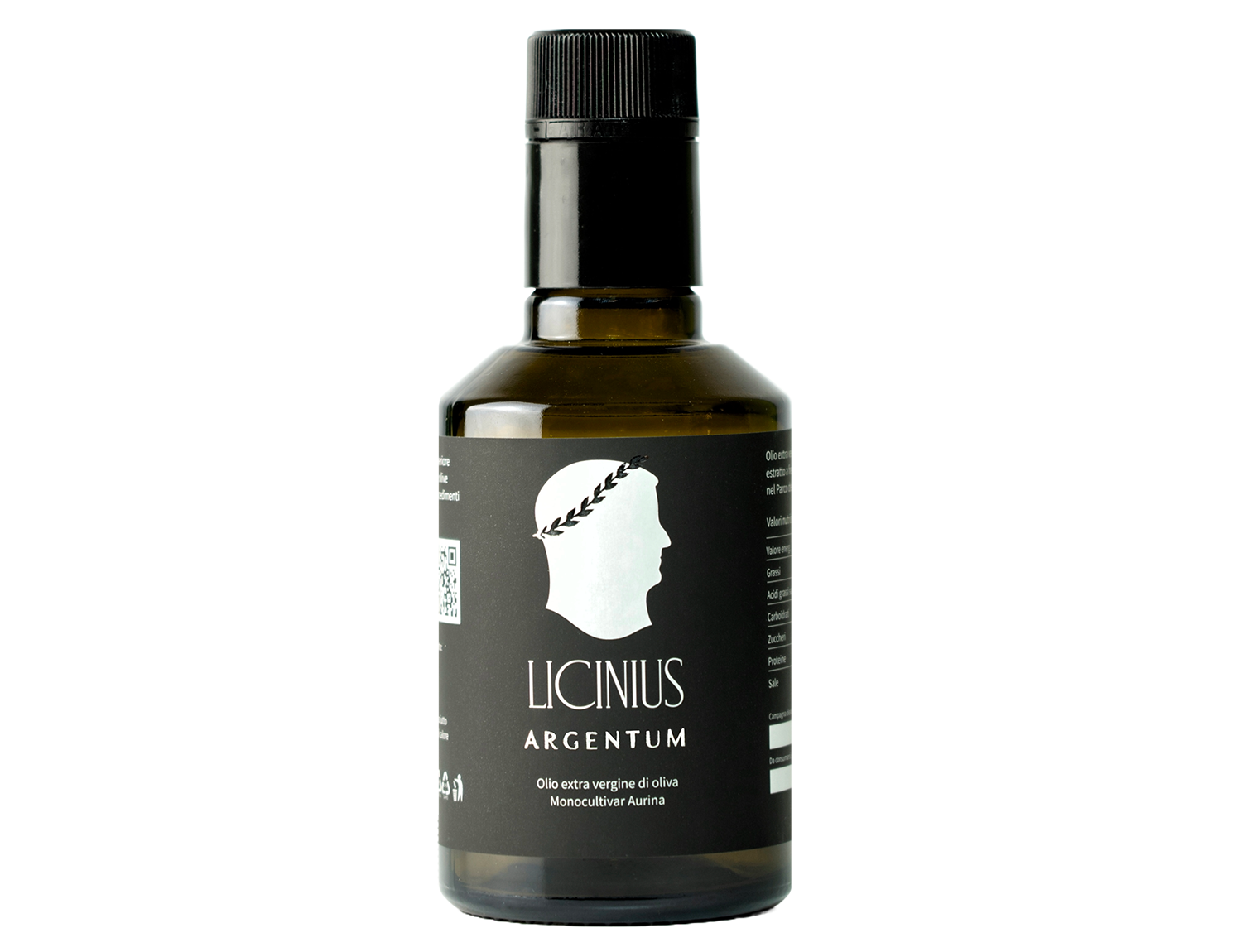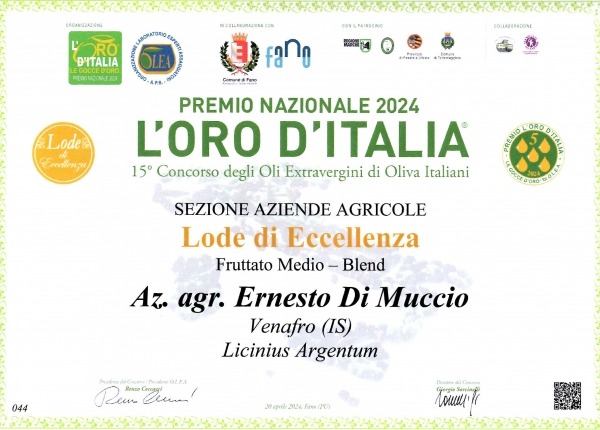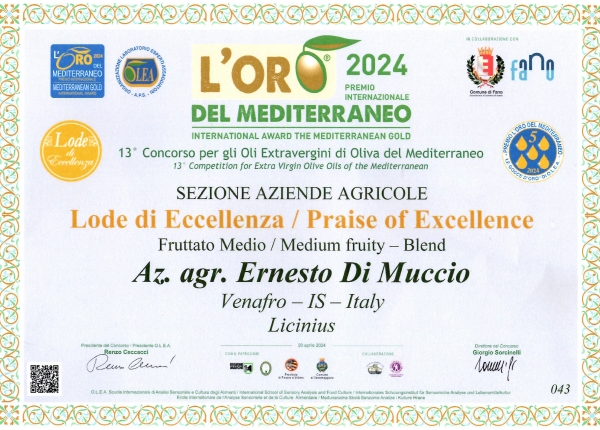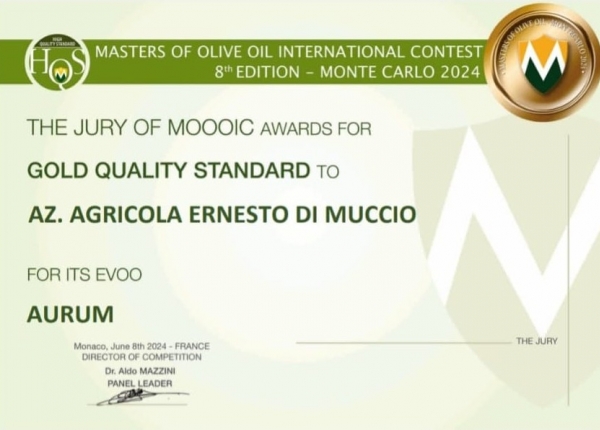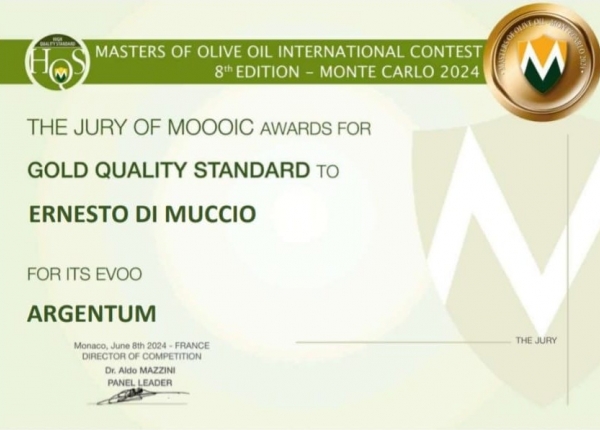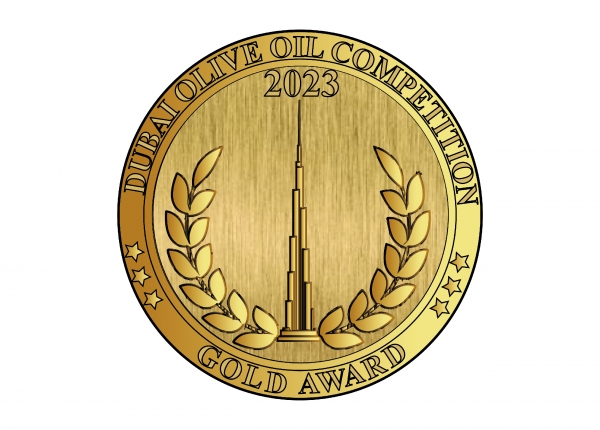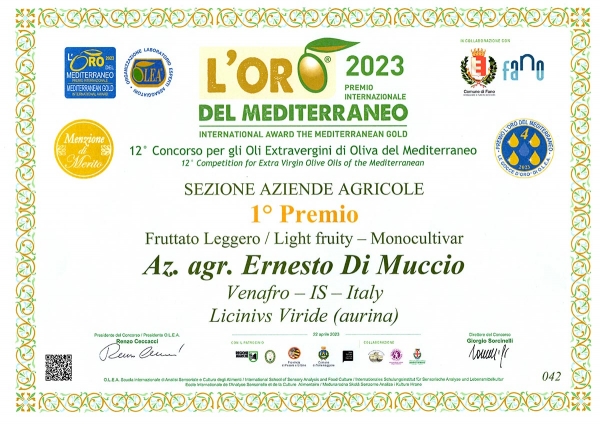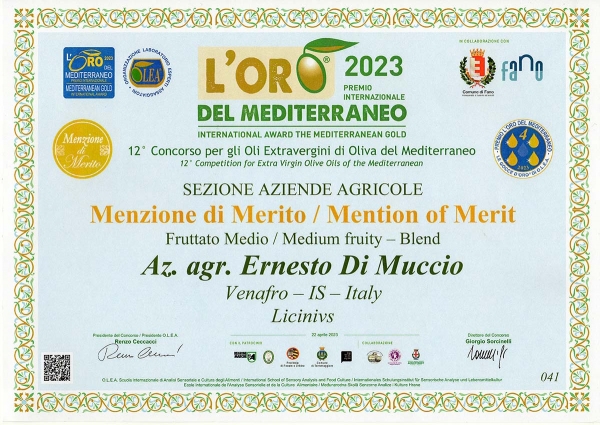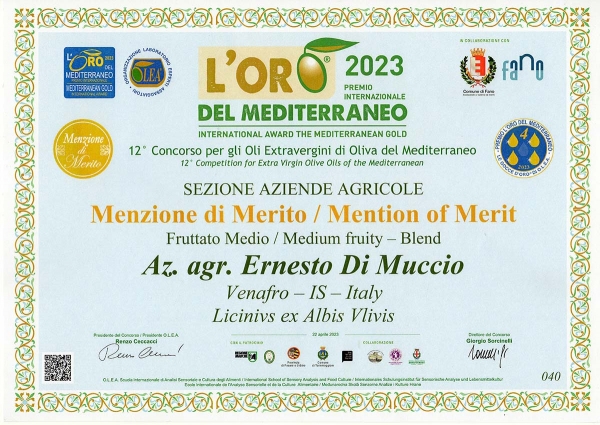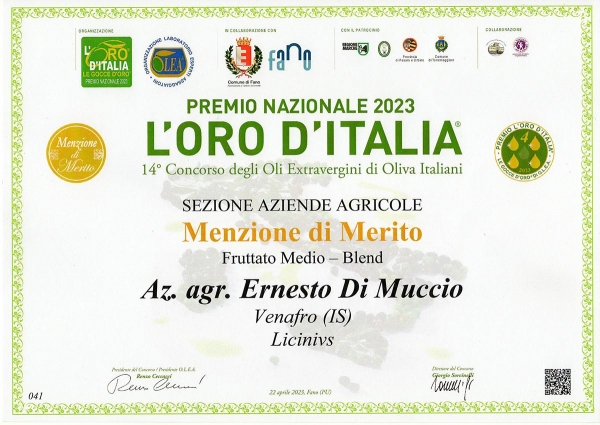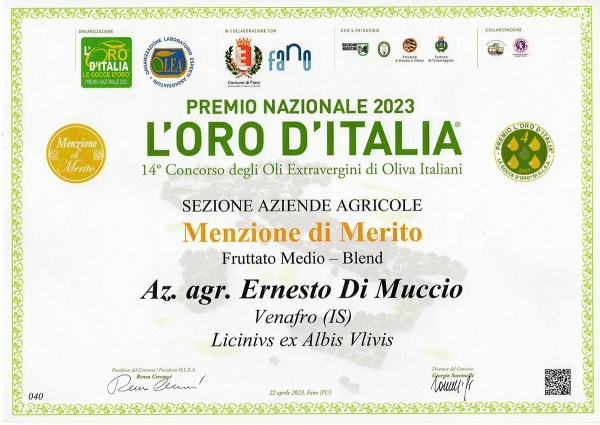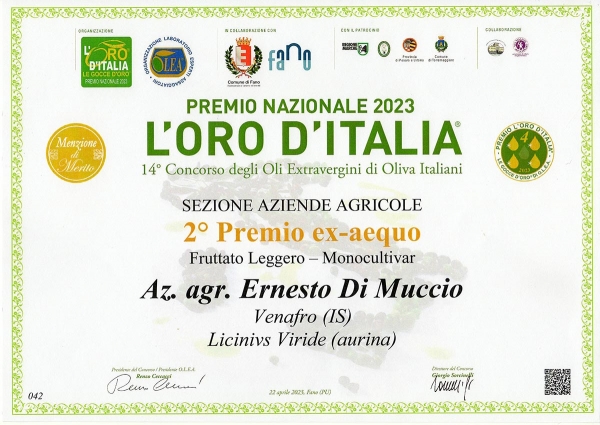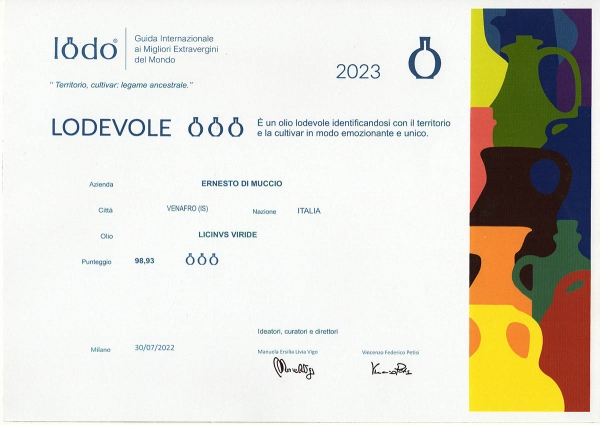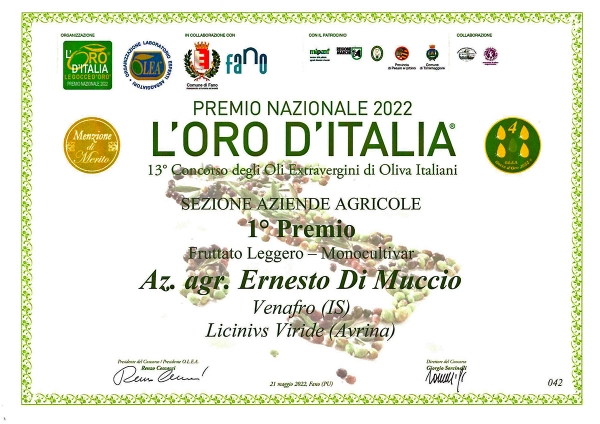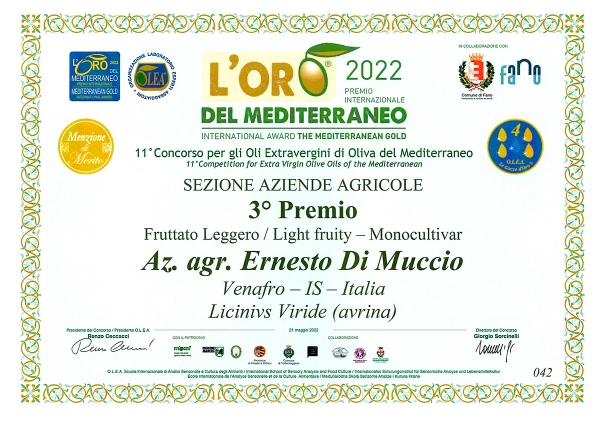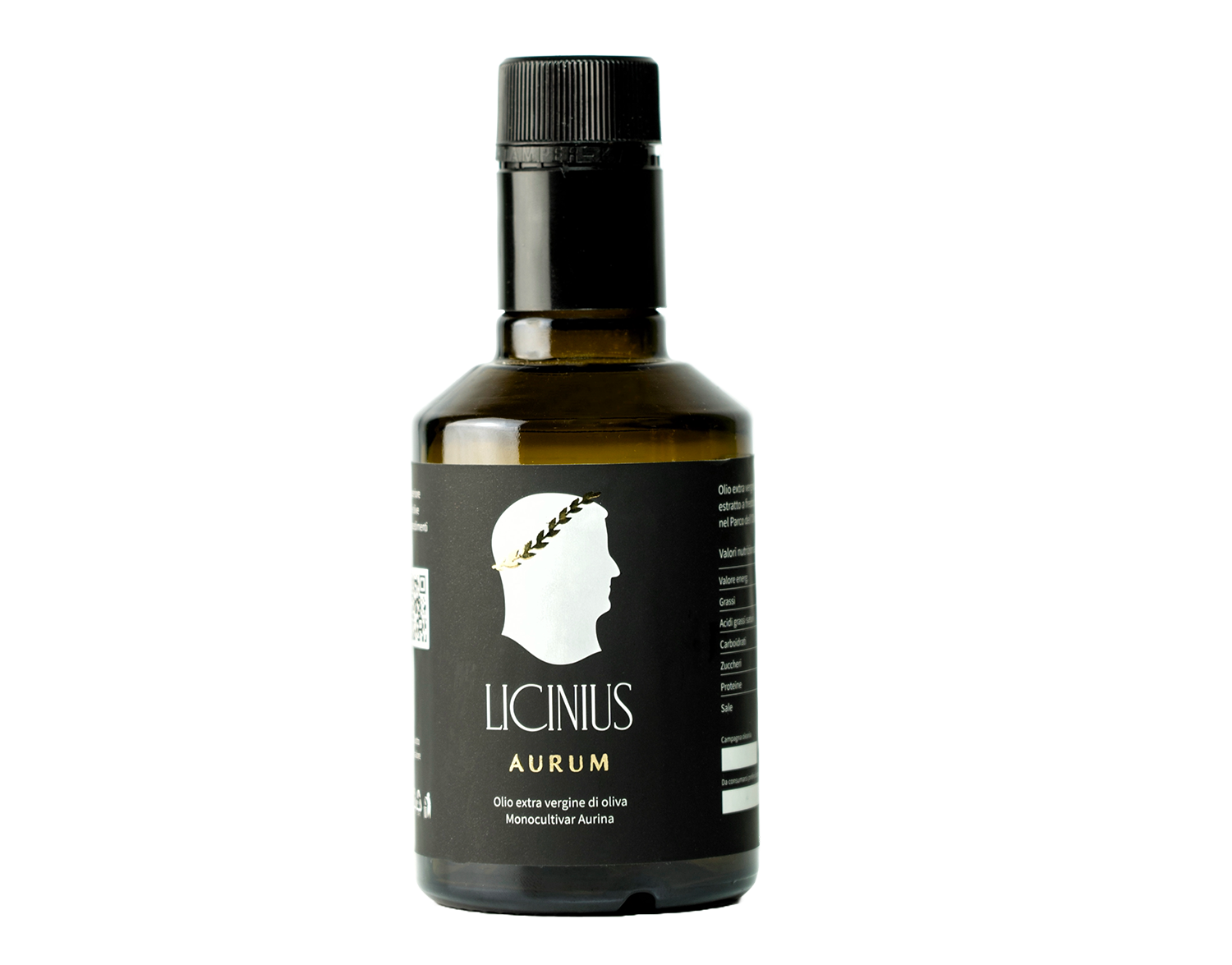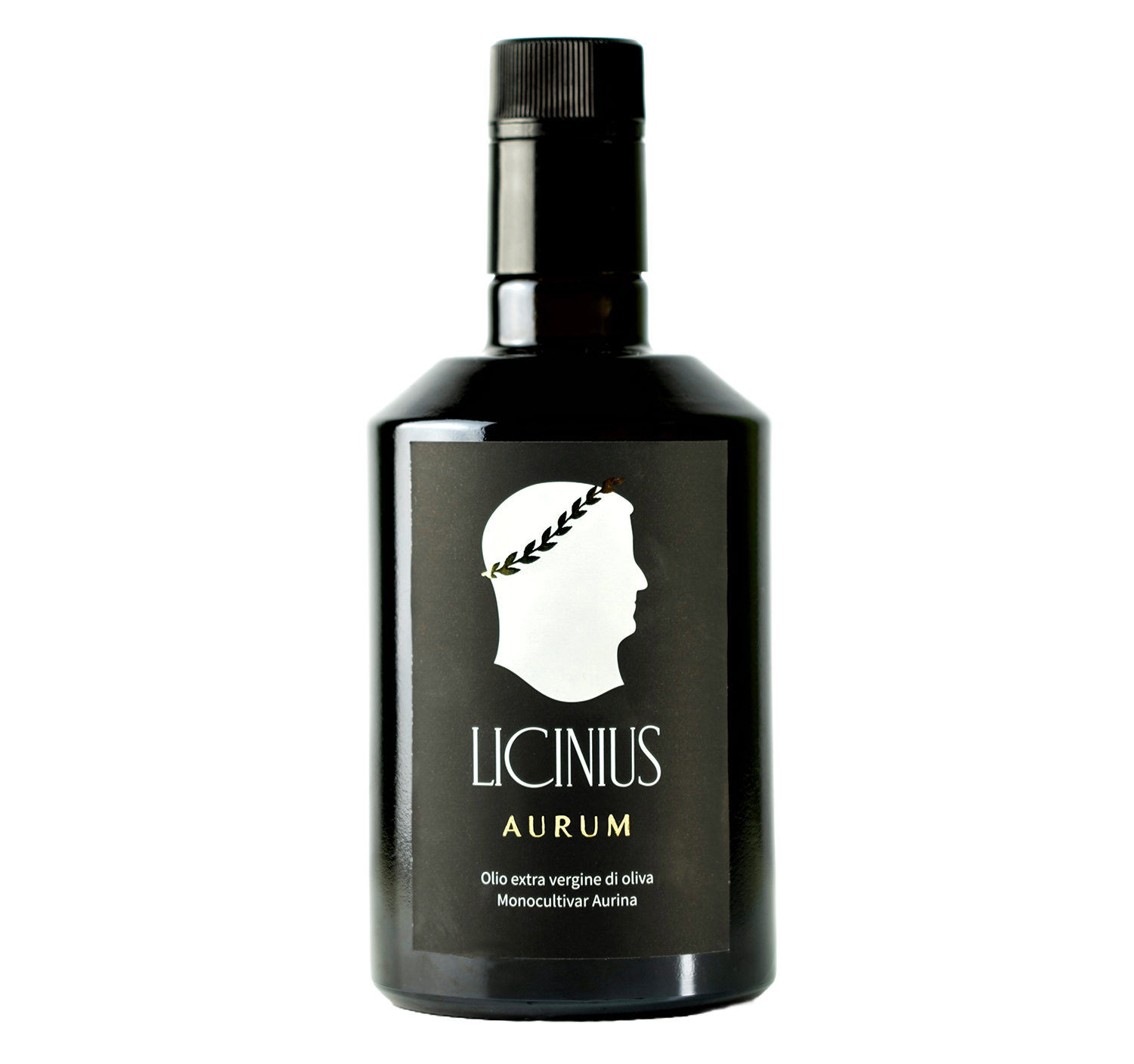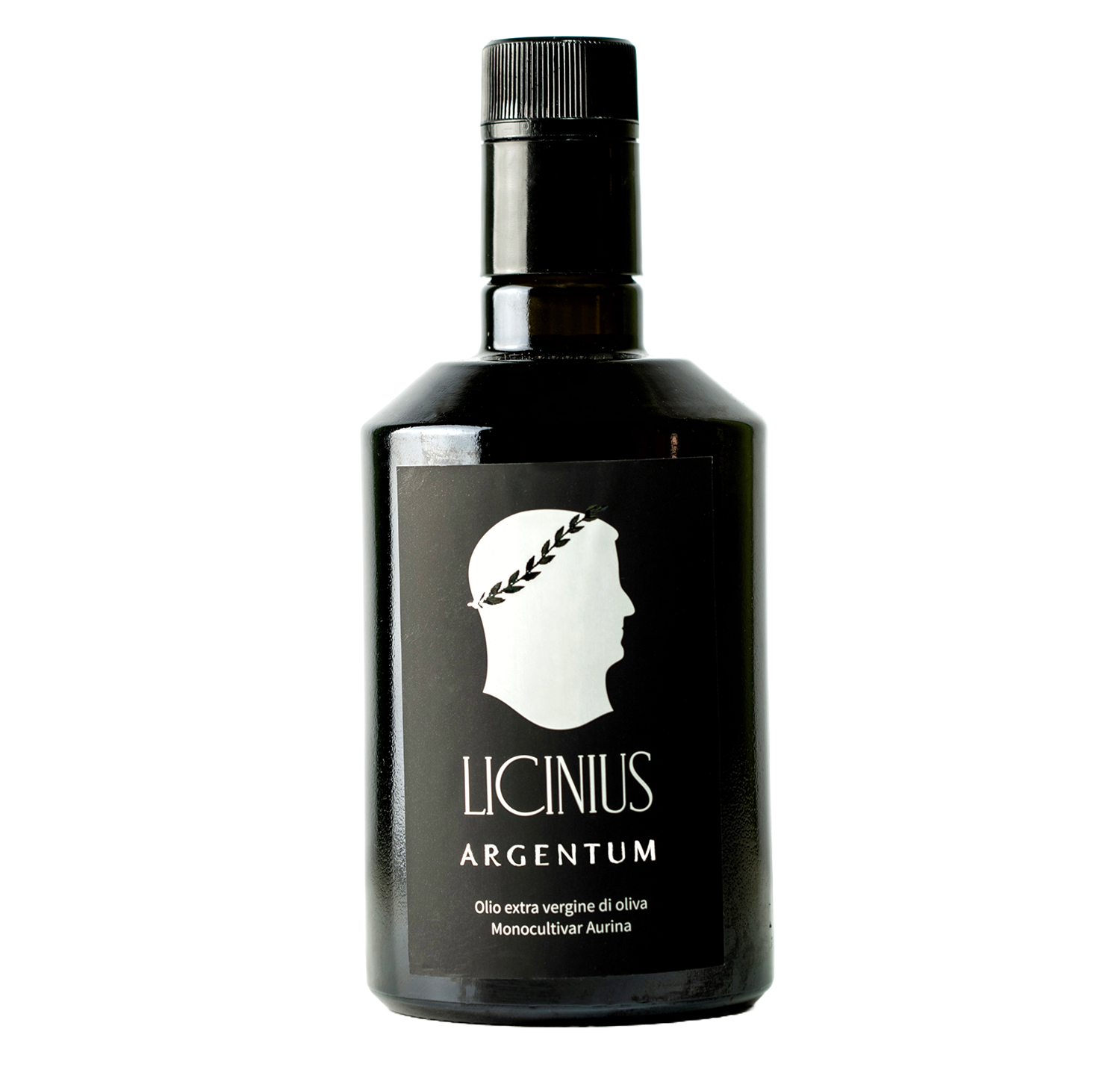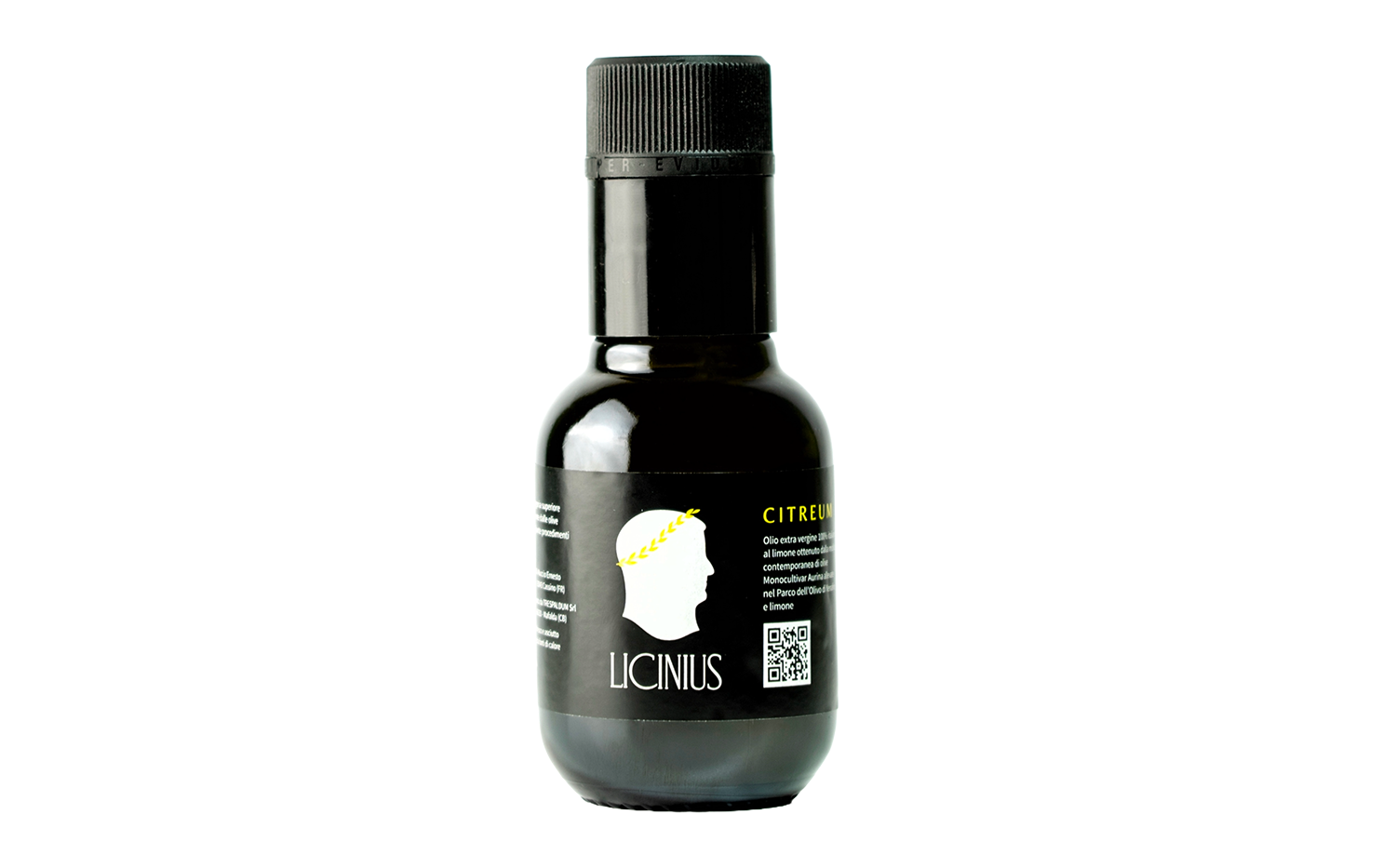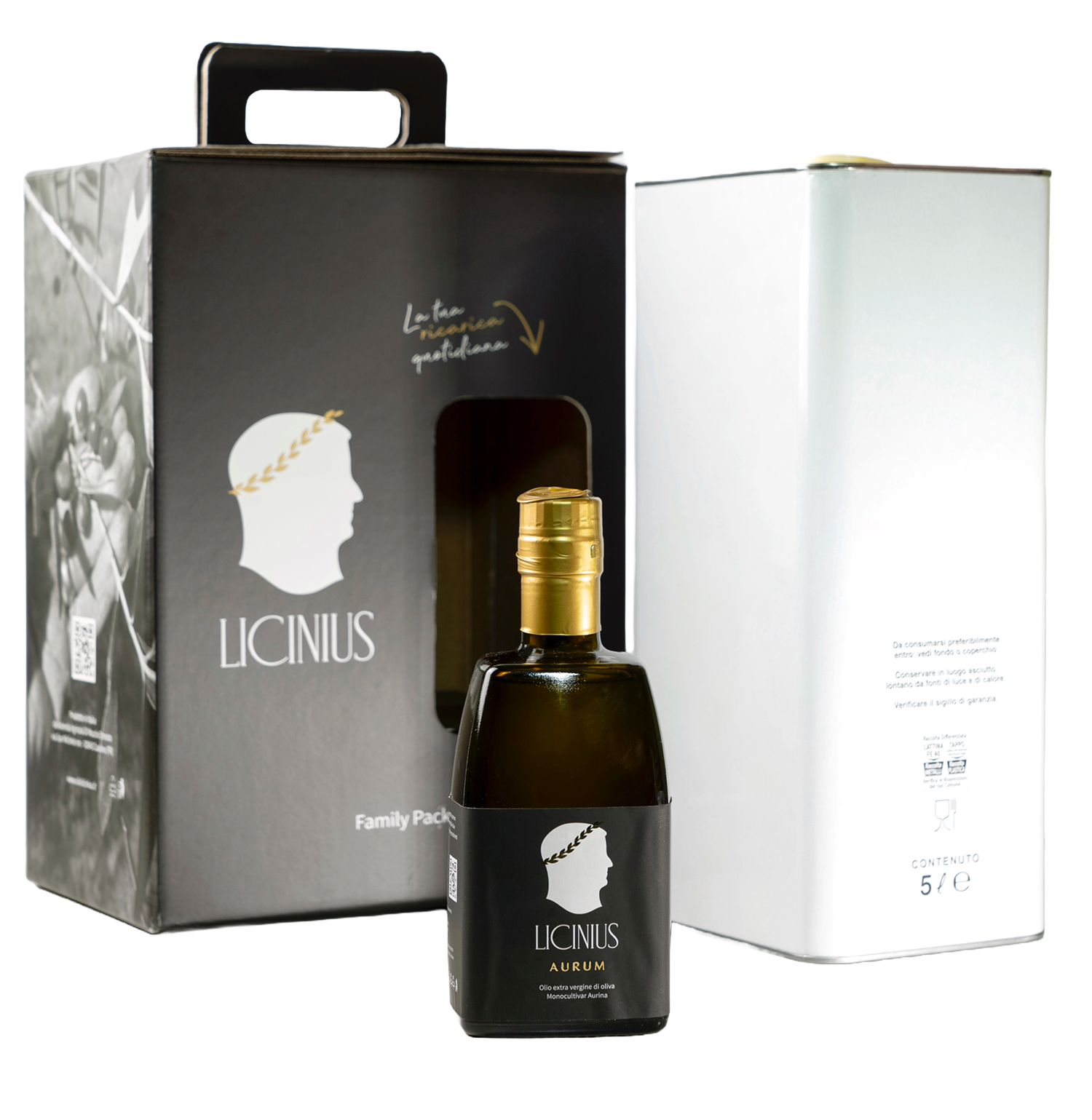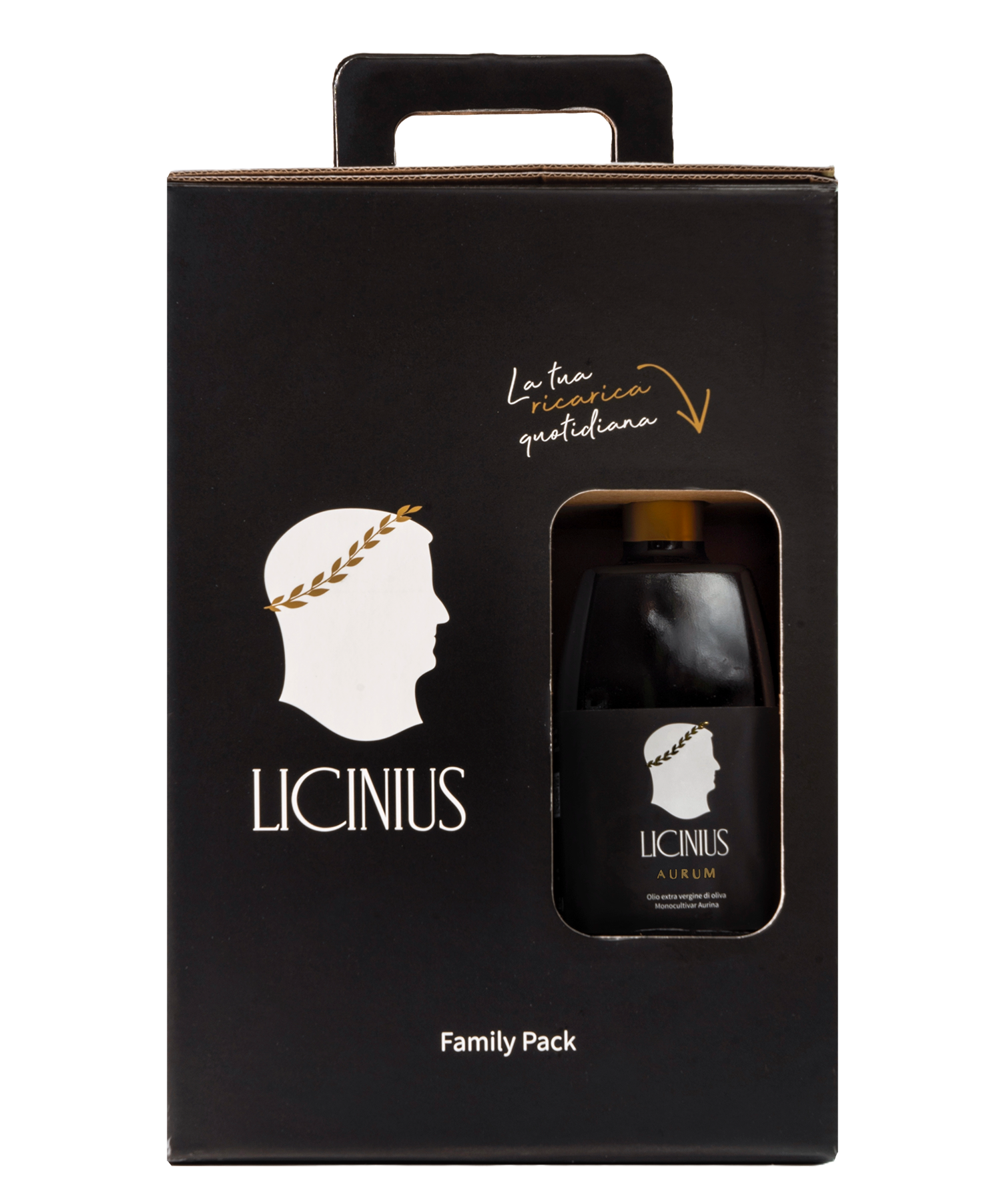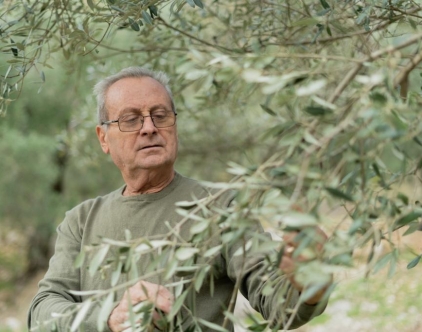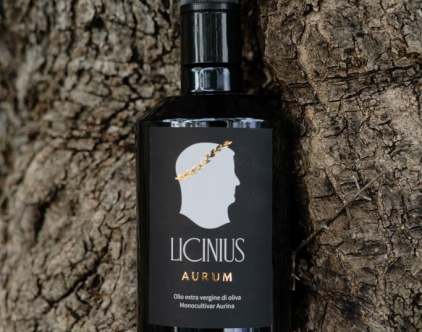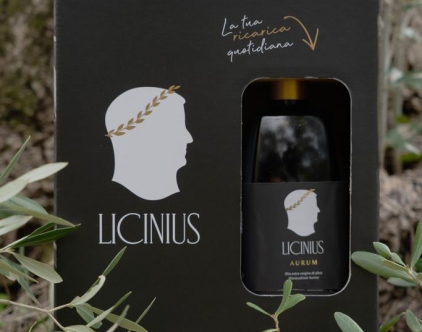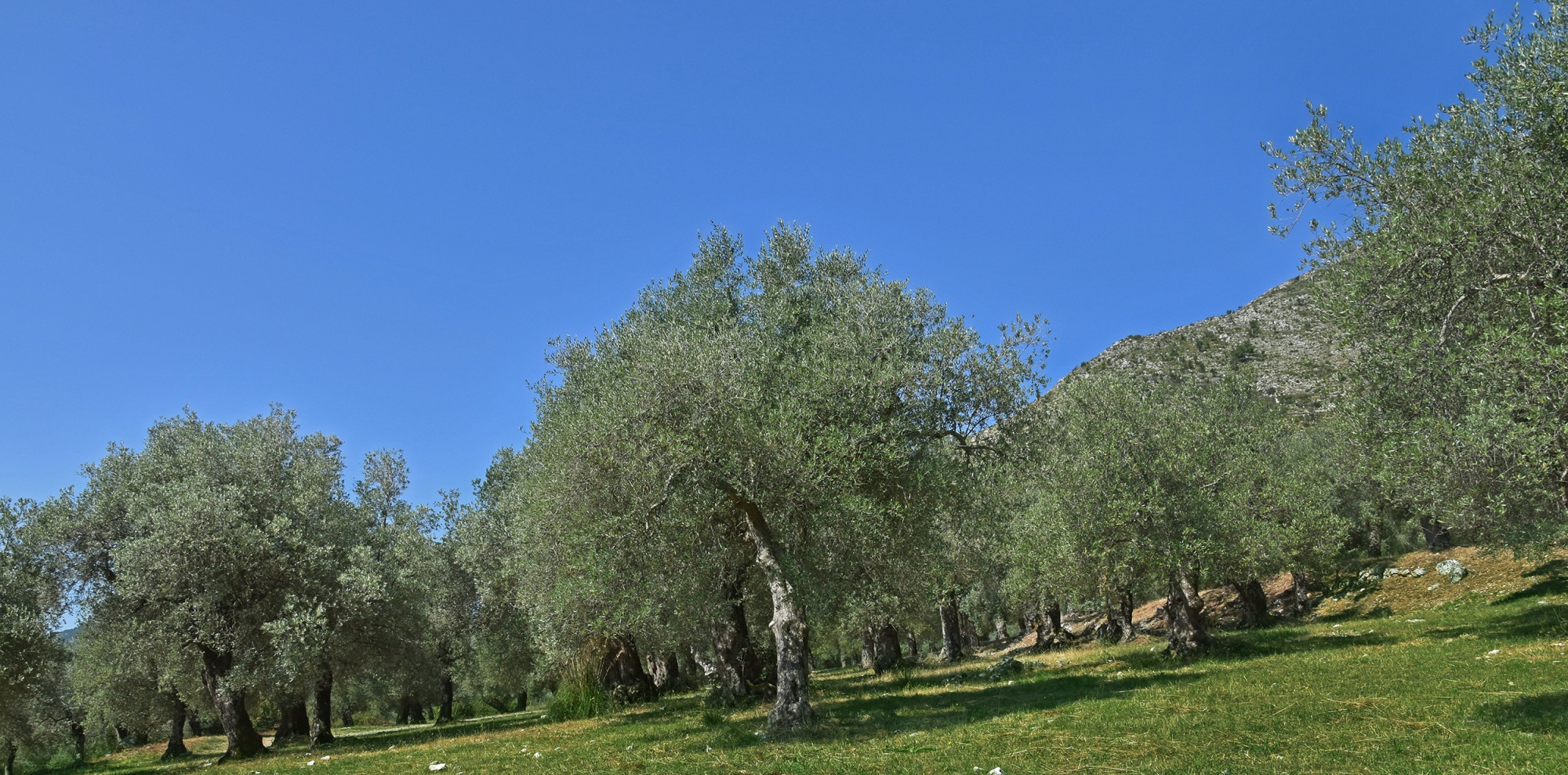
Continua ad acquistare
Licinivs olive oil is obtained from hand-picked olives that are still green, starting from the beginning of October, selected and cold-pressed within a few hours.
This type of processing reduces the quantity produced to the full advantage of quality.
AVERAGE NUTRITIONAL VALUES PER 100 GRAMS OF EXTRA VIRGIN OLIVE OIL
Lipids 99,9% of which
Saturated 14,46
Monounsaturated 72,95%
Polyunsaturated 7,52%
Energy 899 Kcal
Iron 0,2 mg
Vitamin A36 mg
Vitamin E 22,4 mg
EVO oil also contains:
traces of zinc, copper and senium.
essential fatty acids including omega-6 , which help regulate LDL cholesterol, and omega-3, useful for the health of blood vessels and for regulating the heart rate.
SQUALENE, antioxidants and cholesterol regulators
CAROTENOIDS, protective against degenerative diseases
TOCOPHENOLS (Vitamin E), enhance the immune system
POLYPHENOLS, powerful antioxidants
The parameter that identifies an "extra virgin olive oil" is the ACIDITY.
ACIDITY: lipolytic-type alteration, expressed as a percentage of oleic acid, the most fatty acid in an olive oil. The acidity is formed following the degradation of the cellular structure of the fruit. acidity values that tend to the upper limit often indicate problems that have arisen during the production chain and are often accompanied by perceptible defects at an organoleptic level (in particular winey, heated, mould).
The problems can be linked to the poor sanitary state of the olives (in particular fly attacks), to an overripeness situation, to an excessive softness of the pulp and consequent bruising of the fruit during harvesting, to incorrect conservation of the olives or incorrect transformation. High acidity values highlight problems within the production chain.
Another relevant parameter for the quality of extra virgin olive oil are the PEROXIDES.
PEROXIDES: oxidative type alteration, synonymous with degradation and aging. The number of peroxides indicates the degree of primary oxidation of the oil, therefore its tendency to go rancid. Peroxides are formed by the oxygen in the air and by the action of some specific enzymes present in the fruit, the lipoxidases, which oxidize the fatty acids. Even during oil storage, the mere presence of oxygen can activate the chemical oxidation of the fatty acids. Once started, the reaction proceeds in chains and is irreversible, favored by light, heat and air . The peroxides are odorless and tasteless, therefore not perceptible at an organoleptic level but, being very unstable, they decompose very easily giving rise to the formation of aldehydes and ketones, responsible for the rancid defect. A high number of peroxides highlights an oxidation process that has already started and is irreversible.

